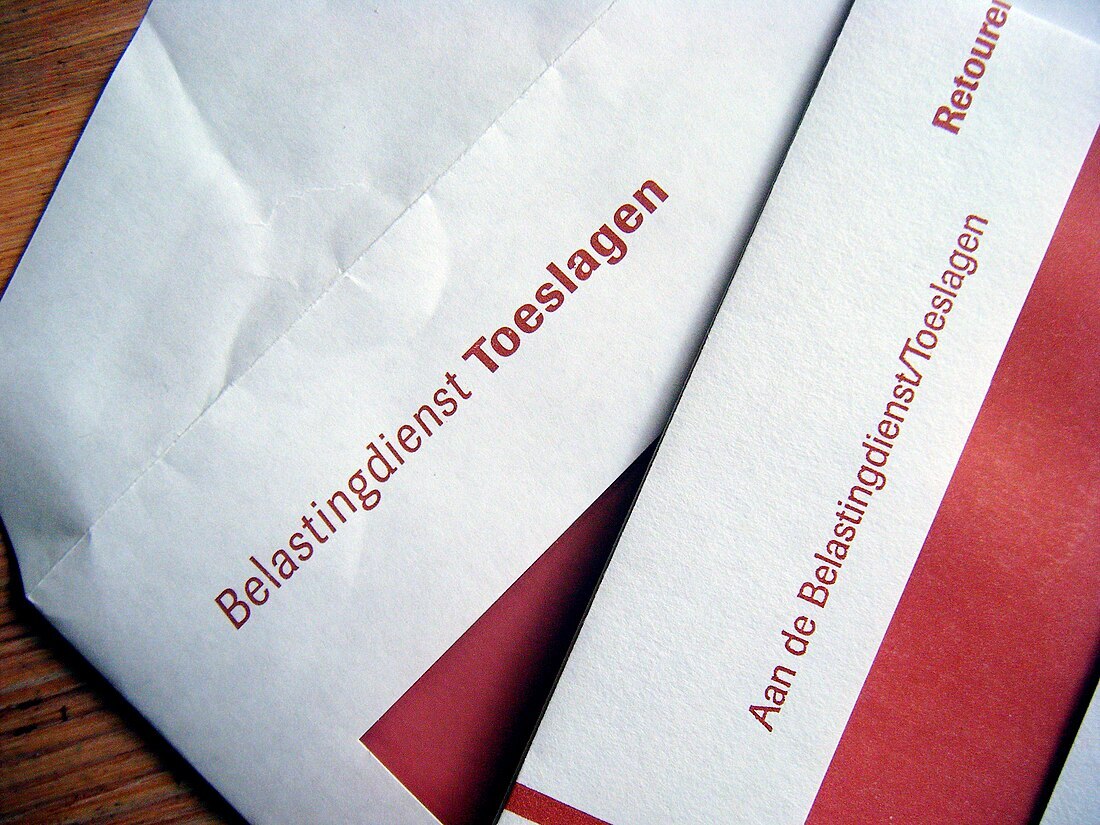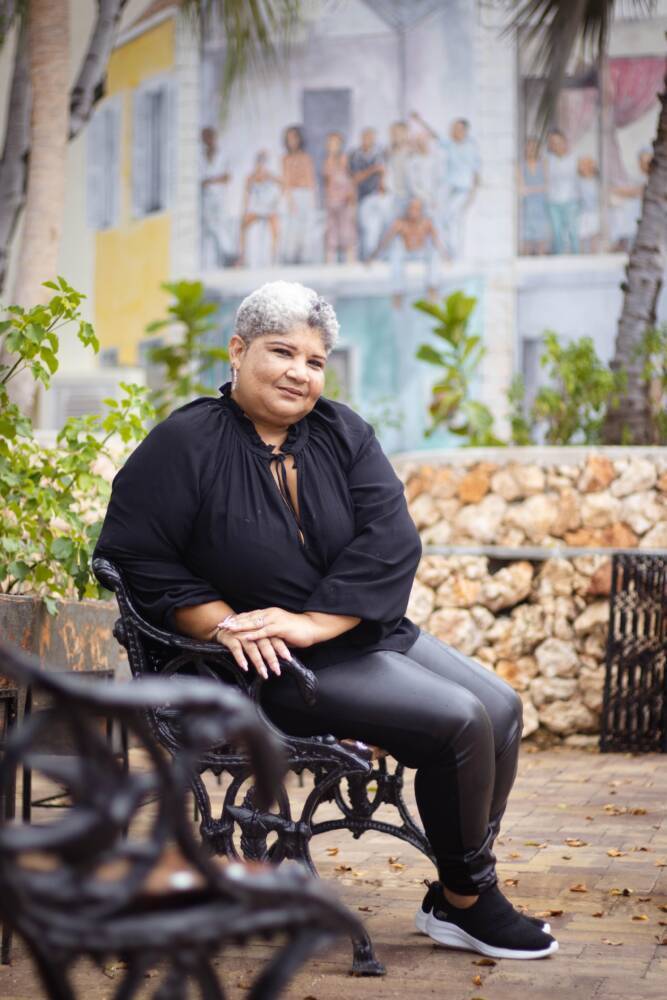KRALENDIJK – If you want to foster a child in one of the Caribbean municipalities, you’ll receive 9 dollars and 47 cents a day to do so. For that amount you can only buy a carton of milk and six eggs on Statia.
“It hardly does justice to the needs of the child, especially those on the Winward islands, where it’s a lot more expensive than Bonaire”, says Curvin George, director of Jeugdzorg en Gezinsvoogdij. The compensations in the European part of the Kingdom are, depending on the age of the child, twice that of the daily allowance allotted to children in the Caribbean part of the Kingdom.
The Hague acknowledges that new policies have to be put in place. State Secretary for Health, Welfare, and Sport Paul Blokhuis has asked the director of Jeugdzorg to advise him on this matter. An equalization of the foster care allowance is unlikely to happen, seeing as it did not happen for the child allowance or the social minimum.
‘Taking care of a child for less than 10 dollars a day in the Caribbean municipalities is impossible’
There are 55 foster families on Bonaire, taking care of 66 foster children. Statia has three foster children living in one house, the family is going through tough times. The prices in the supermarkets have nearly doubled since October 10th 2010, an employee of the directorate of Social Wellbeing in Oranjestad, Statia explains. When asked if it’s possible to take care of a child for less than 10 dollars a day, she answers: “Impossible!”
Whether or not it goes up, one thing is for sure, the allowance for foster children on Bonaire, Saba, and Statia will continue to exist. In June of this year islanders panicked when the media reported that the Rijkdienst Caribisch Nederland (RCN) had decided to stop paying the allowance. “That’s not true”, emphasizes Curvin George, director of Jeugdzorg en Gezinsvoogdij. “We had to do a lot of work to calm the families involved down.”
‘The situation is more complex than in the Netherlands’
Next to the allowance, there are also other aspects which are different for the inhabitants of the Caribbean Netherlands. Since the 1st of January 2015 the Jeugdwet has been applicable in the Netherlands. This transferred the managerial and financial responsibilities of youth care to the municipalities. The government chose to do this to try and reduce the amount of youth care required by moving the preventative measures and early intervention initiatives ‘closer-to-home’.
“But the situation on the islands is more complex than in the Netherlands’, explains Curvin George. “The Dutch Jeugdwet isn’t directly applicable here. Policies have to be put in place that take into account the needs of the children in the Caribbean Netherlands. That means that you also have to help the parents, they need to have the proper tools in order to be able to take care of the children.”
No Jeugdwet, but supervision
In the spring of 2016, the islands started supervising the youth care programs. The Health and Youth Care Inspectorate supervises Jeugdzorg en Gezinsvoogdij Caribisch Nederland, which is led by Curvin George.
Jeugdzorg en Gezinsvoogdij has, in conjunction with the foster parents, brought all of the care requirements in view.
Together they thought up recommendations to be made. “First and foremost it is important that foster children have the opportunity to grow up in a family, we want to avoid placing children in group homes. Most of the children have attachment issues and it’s important that they get a chance strengthen their bonds with family.”








